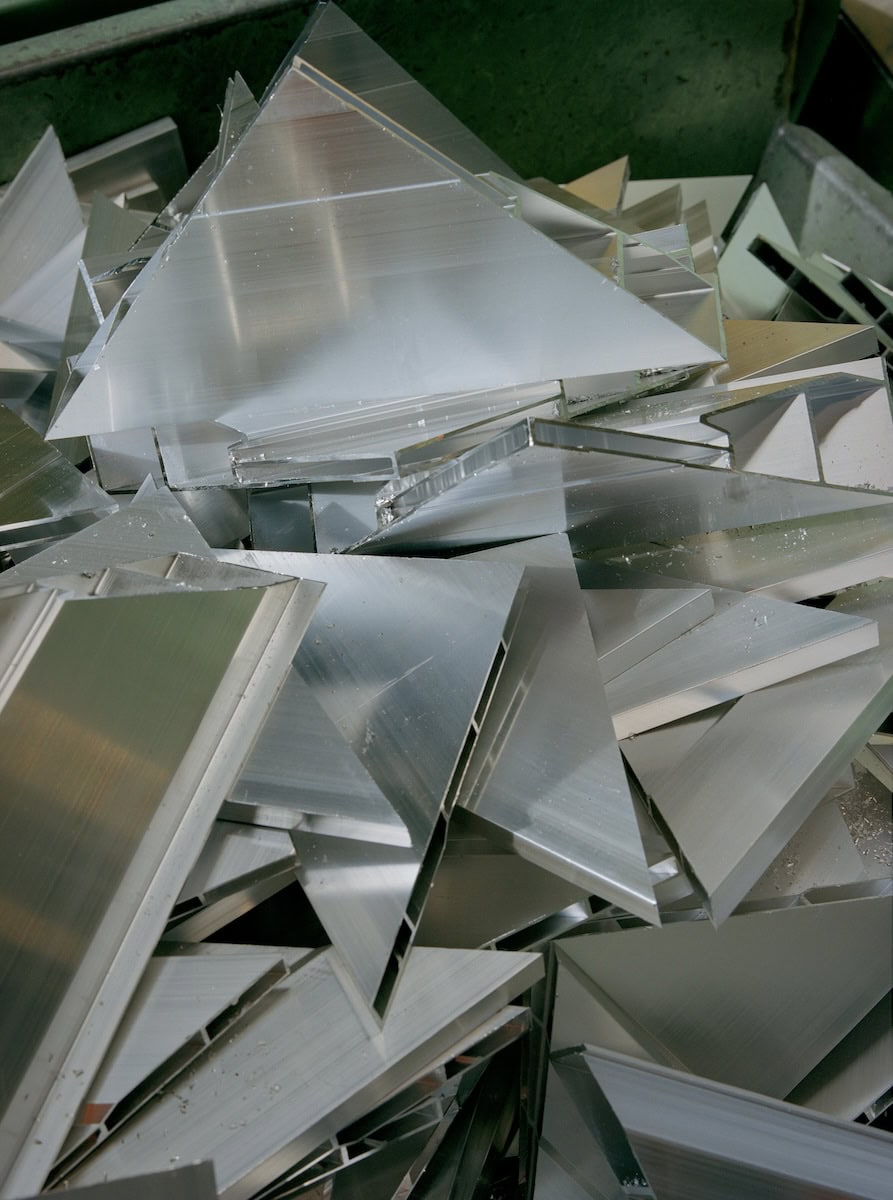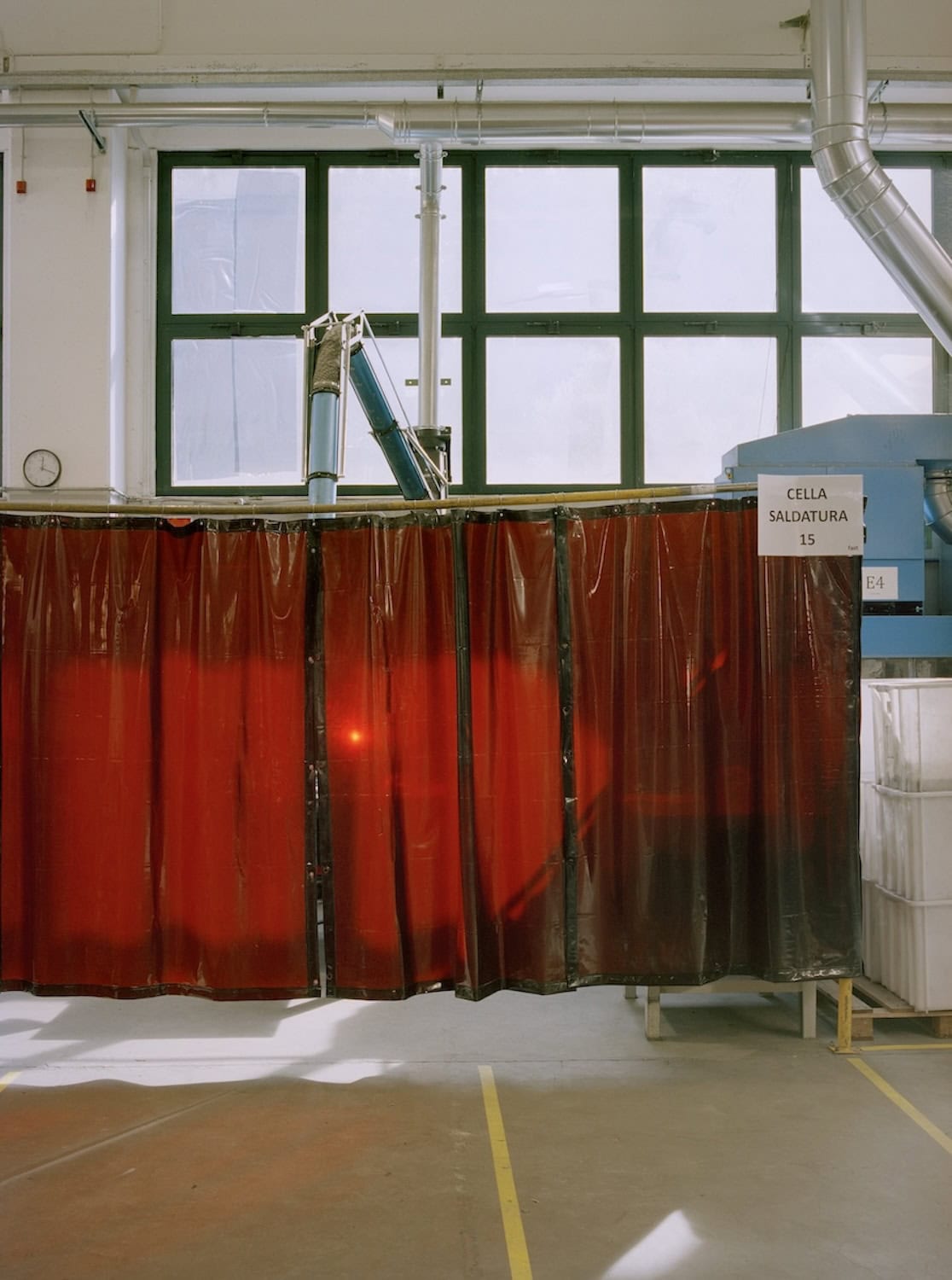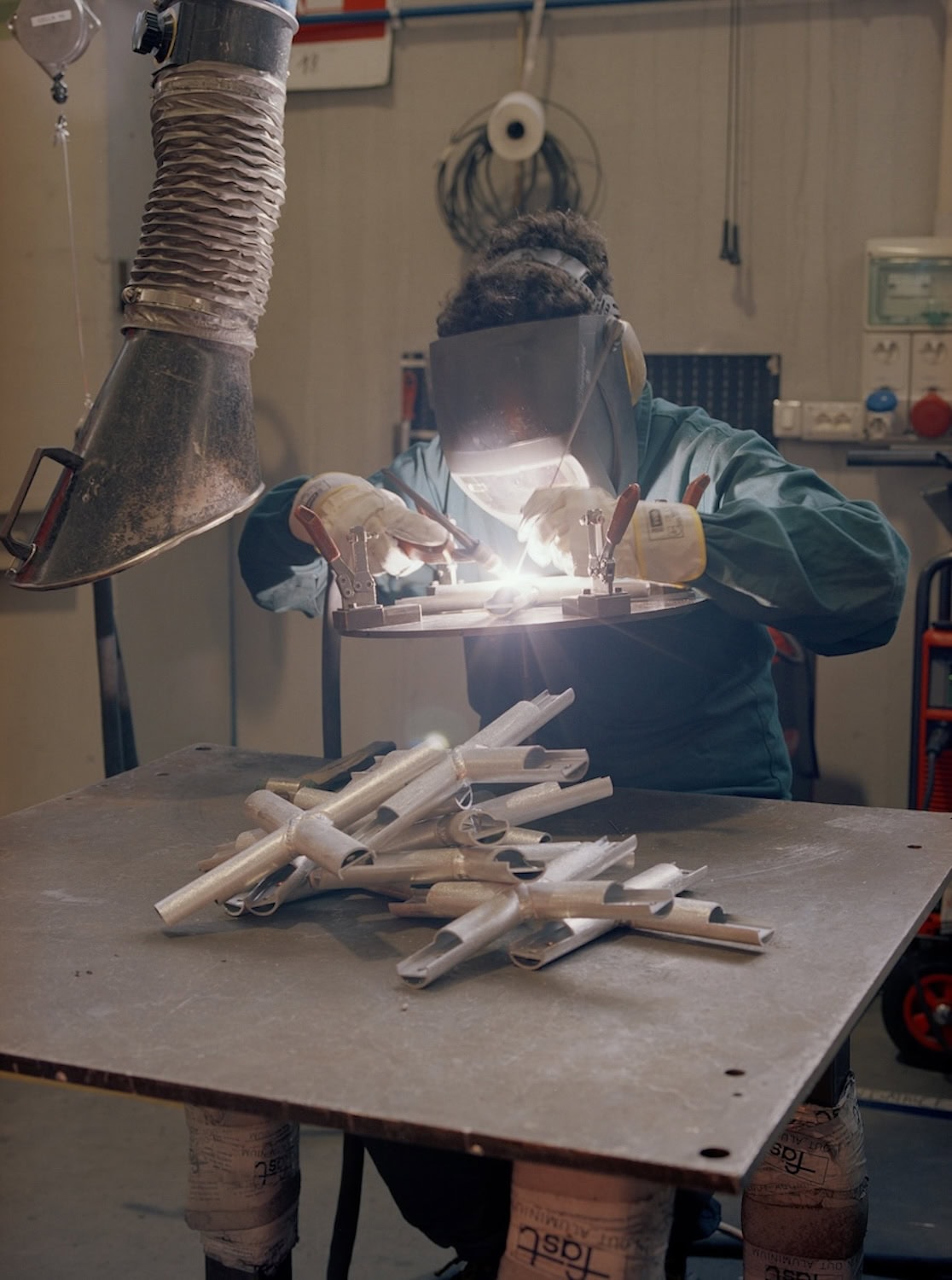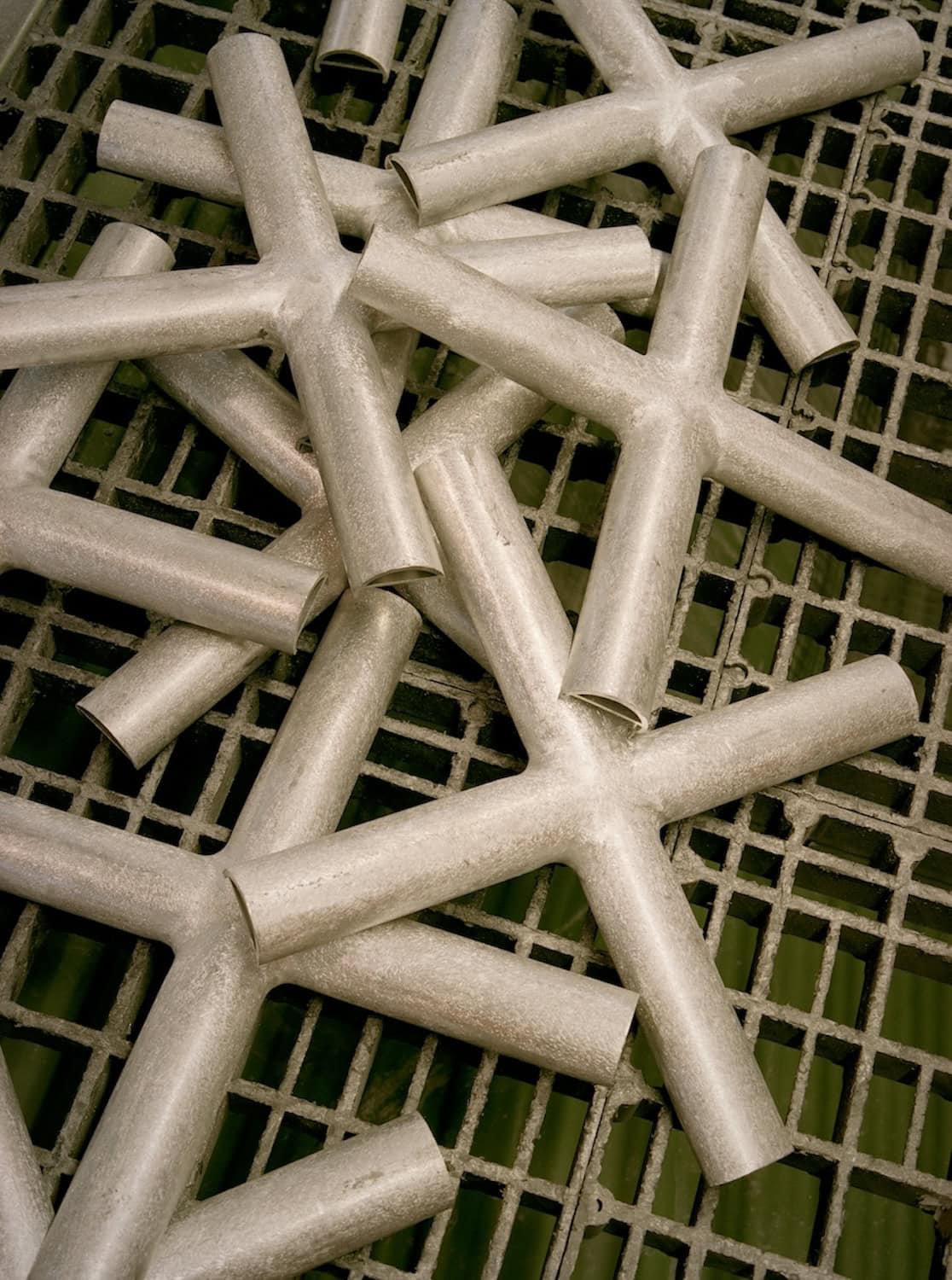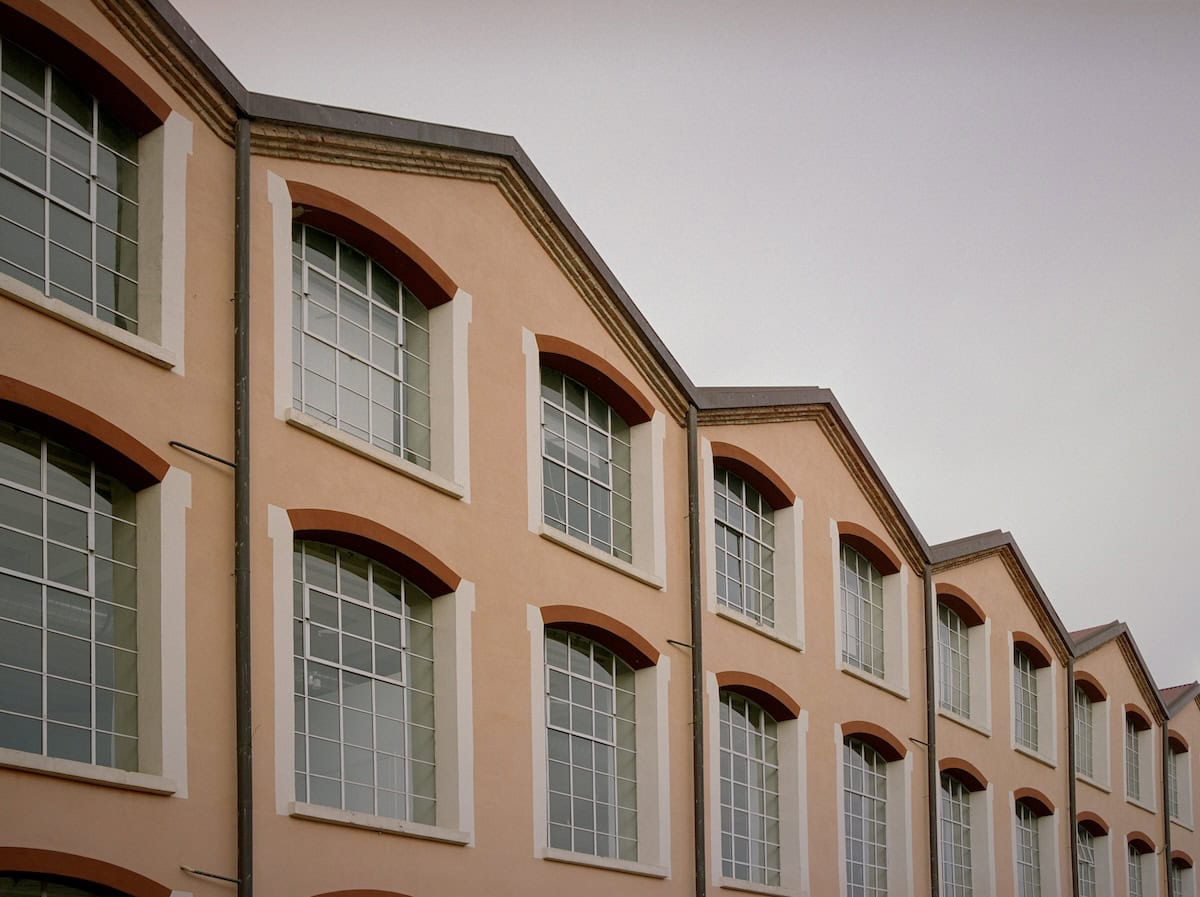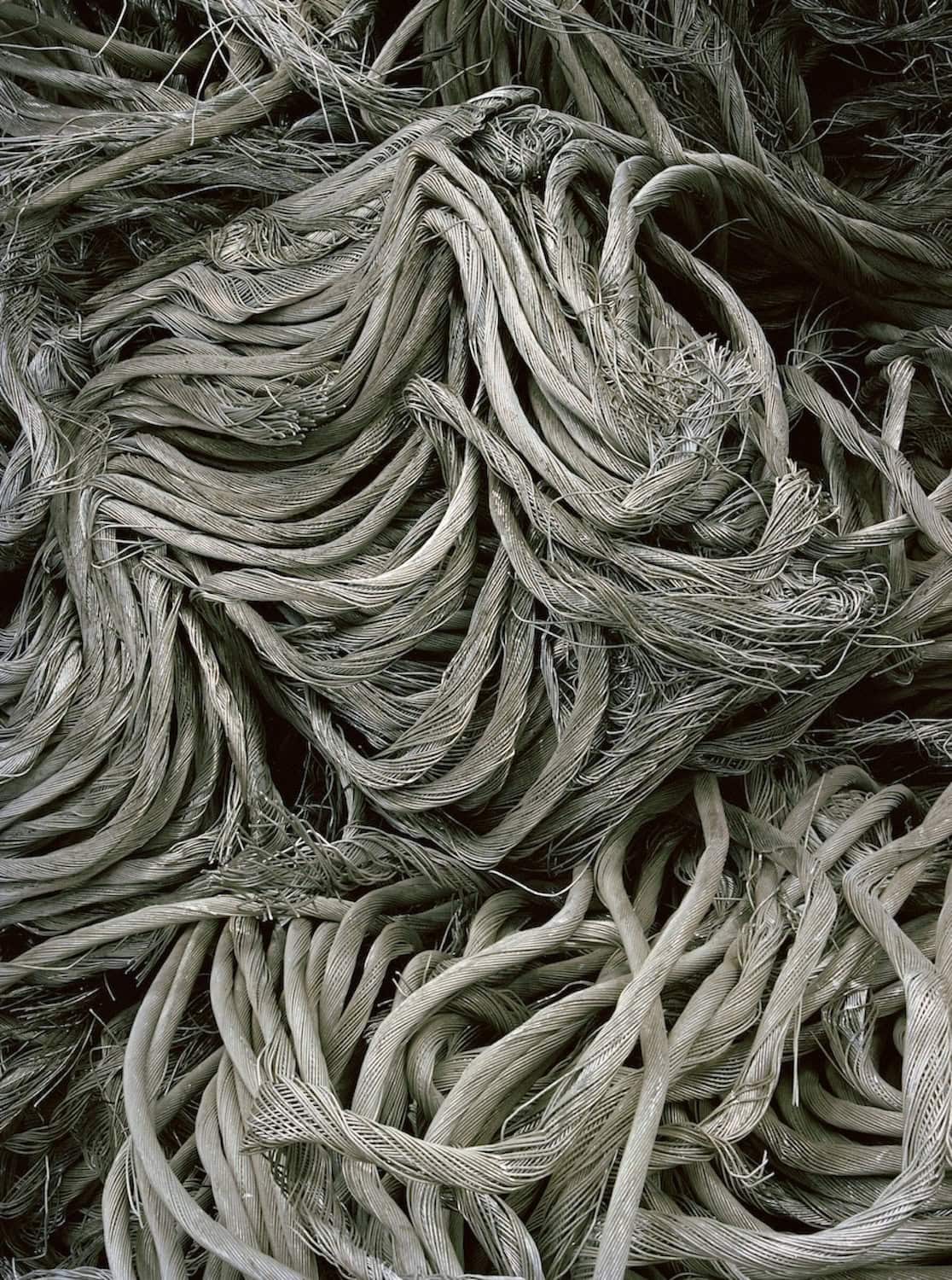Fast was founded in 1995 in Valle Sabbia based on the vision of the Levrangi family, who still lead the company today. They recognized aluminum as the ideal material for outdoor furniture due to its flexibility, durability, lightweight nature, and sustainability. The company’s production site is centrally located in Vestone, in the province of Brescia, and operates by engaging local suppliers in a unique blend of advanced technology and craftsmanship. Fast’s story is deeply connected to its surroundings, the birthplace of Italian land production. Situated amidst mountains, greenery, and the picturesque Lake Idro and Lake Garda, Fast draws inspiration from its origins and aims to create a Made in Italy product that embodies the joys of outdoor living. Fast is dedicated to working with and for nature, making sustainability a fundamental principle that guides all decisions. The company takes tangible steps to promote sustainability, such as utilizing waste and recycled aluminum, which is itself recyclable, and employing state-of-the-art equipment to reduce emissions. Fast’s design philosophy harmonizes with the natural landscape, resulting in contemporary and timeless products that seamlessly blend into any environment. Fast’s collaboration with architects and designers Francesco Meda and David Lopez Quincoces marks a new chapter in the company’s history. On November 22nd at their flagship store in Milan, Fast inaugurated the photography exhibition A Photographic Journey into Fast by Stefan Giftthaler, a visual narration of the company and the territory where it was born and has been developing.
Ilaria Sponda: How has Fast’s business evolved over time?
Marco Levrangi: The expertise comes from the company founded by my father Stefano, who was involved in light alloy die casting. By chance, the idea to create our own line of aluminum products was born. We utilized our knowledge and experience in working with aluminum to manufacture furniture. The idea originated when my father was sitting by Lake Garda on a very heavy cast iron chair, leading him to contemplate creating a much lighter chair. The first chairs we produced weighed four times less. Initially, we began developing our products in-house, and through collaborations with designers, we achieved a more contemporary design.
IS: Why focus on aluminum? Is it because of its qualities and recyclability?
ML: Aluminum possesses the best qualities for our products – it is lightweight, easy to handle, and resistant to weather conditions. It does not corrode, making it ideal for outdoor furniture. Aluminum is also a versatile material that can be used in various ways. The aluminum we utilize is known as “secondary” as it is sourced from recycled scrap. When our products reach the end of their life cycle, they can be further recycled.
IS: How does the die-casting technology that you are known for blend with the craftsmanship of the fabrics used for padding the products?
ML: We are an artisanal industry: products are taken care of down to the smallest detail. The artisans we work with are local. All of Fast’s production originates in the company. The main partners are from our area, so we can talk about local production.
IS: How do you approach sustainability certifications?
ML: We already have four product certifications, and we are continuously working towards reducing our CO2 impact starting from production.
IS: What is it like for you to be part of a family business with a significant history?
David Lopez Quincoces: It was a natural fit, and we felt welcomed like family. The approach from Fast’s industrial and human point of view, as well as the inherent potential, made Francesco Meda and me fall in love with the project right away. We prefer working with family-led businesses rather than hierarchical and overly-structured firms. The world of design in Italy has developed around families and individuals who want to express themselves and develop projects and studies. This spirit is what motivates us the most. We have already started working on the old collection since before the summer: the materials, the fabric folder, and the patterns. The starting point was the showroom, where we understood the essence of Fast’s pieces and finishes.
IS: What is your goal in developing Fast’s new artistic line?
DLQ: Craftsmanship will remain at the core of the project and will be even more emphasized. Fast started as a foundry, so the level of technique is very high, which allows for great creativity. We can engage with real industry, with a focus on industrial production. The quality of the company’s outdoor artifacts is truly outstanding. As detail-oriented people, it was like finding a gold mine. Fast is a company that desires to evolve, and that gives us satisfaction.
IS: What is the strength of Fast’s local area?
DLQ: The valley where Fast is located has a long-standing tradition of processing aluminum and other alloys, which contributes to a strong local supply chain. The recycled aluminum is recovered just 1 km away and melted 2 km away, and the processing is done in-house, showcasing collaboration, design, and sustainability throughout. The majority of the processing is done in-house, allowing for total cost control and control over the manufacturing process. This facilitates raising the bar and going the extra mile.
DLQ: Stefan Giftthaler’s story exemplifies the connection to the territory, rootedness in tradition, and integrity of Made in Italy. Fast has always been committed to sustainability, and its recent growth can be attributed to attention to minute details. Our initial focus is on external perception. Fast has had limited presence in communication, so it is important to convey these values, even within Italy. In countries like America and Germany, where it is more challenging to establish a presence, Fast is already recognized for its seriousness and impeccable technique.
IS: What is the current collection like? Are there any pieces that have become iconic?
DLQ: The collection includes bestselling pieces like the Forest chair. As the collection is relatively young, there are no well-known classics yet. However, there is room to develop a new aesthetic, incorporating more intricate details and systems of attachment between different parts of the upholstered section.
